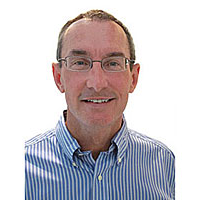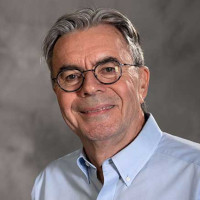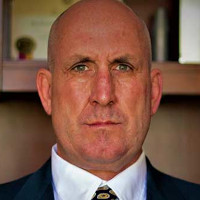Plumbing & Mechanical Contractor
Residential Plumbing Drains
8 important factors to consider.
Read More
Plumbing & Mechanical's 2023 Mechanical Contractor of the Year: Baker Group
Employee-owned firm focuses on growing the next generation of young leaders.
August 11, 2023
Heating Help | Dan Holohan
The Wallies hash out advice for younger generations
Advice for newbies?
August 2, 2023
Hydronics Workshop | John Siegenthaler
Relays and switches — part two
Building the brains for custom hydronics systems.
August 1, 2023
IRA reduces cost barriers for geothermal heating and cooling
Tax credits, rebates and accelerated depreciation help make geothermal a more attractive option.
July 26, 2023
Tips for installing and servicing CPVC pipes
Getting the most out of CPVC plumbing systems
July 24, 2023
10 best practices for installing heat pumps
As heat pump adoption grows, plumbing contractors need to understand the basics of how to install and service products.
July 19, 2023
New tools increase plumbing efficiency, productivity
Advancements in underground technologies offer plumbers additional revenue opportunities.
July 17, 2023
Guest Editorial
Jay Egg and Kristy Egg: What the IRA provides for geothermal technologies
The federal government is providing tax incentives, grants and more to drive adoption of geothermal and other energy efficient technologies.
July 11, 2023
Keep your content unclogged with our newsletters!
Stay in the know on the latest plumbing & piping industry trends.
JOIN TODAY!Copyright ©2025. All Rights Reserved BNP Media.
Design, CMS, Hosting & Web Development :: ePublishing

















